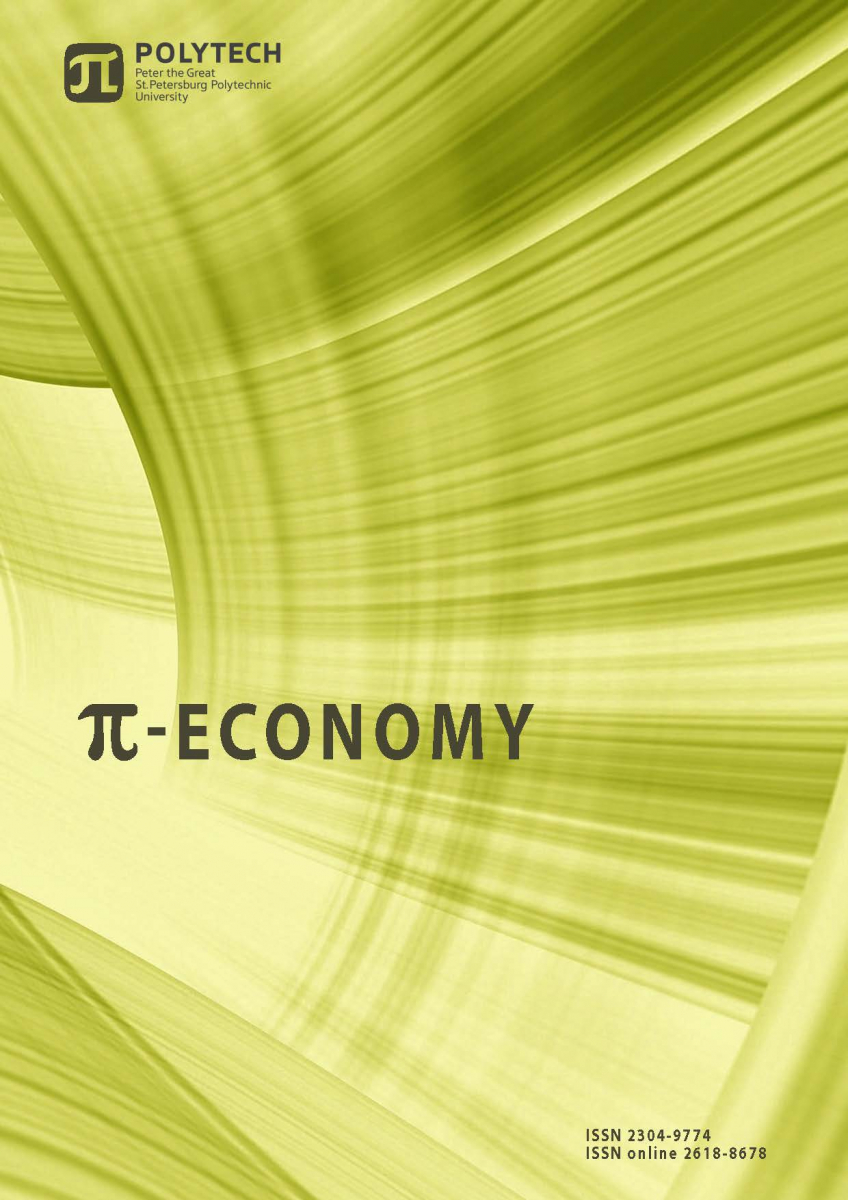Formation of integrated corporate structures in the defense-industrial complex of Russia in the conditions of global challenges
The article analyzes the integration processes in the military–industrial complex (MIC) of Russia, characterizing the development of production and technological ties, structural transformation, as well as the interaction of MIC enterprises in the course of formation and implementation of different consolidation strategies. The significance of the study is associated with the need for structural reform of MIC in the context of geopolitical tensions. Sustainable development of MIC can be achieved by introducing strategic changes in the structure of production, with the integrated corporate structures entering new markets for civilian products. The specific consolidation strategy for MIC enterprises is chosen based on the objective features of various types of integration. In general, this should help reach the key objective of integration, which is to achieve the synergistic effect, expressed in increasing production efficiency, reducing costs, accelerating technological development and strengthening competitive positions in the market. The goal of the study is to systematically analyze and identify the key factors that determine the strategy for consolidation of MIC enterprises focused on the combination of civil and defense production, which should contribute to effective modernization of the national MIC by improving its investment attractiveness. A classification of types of integrated corporate structures devised by the authors is proposed to plan integration processes. The prerequisites for combining enterprises in hard and soft forms are substantiated, the effects of integration are determined. The novelty of the study is in the formation of a set of factors taken into account when choosing a consolidation strategy in modern conditions. The practical experience of existing scientific and production associations was used to determine the real risks arising in the formation of integrated corporate structures. The authors note that the association of enterprises in integrated corporate structures is a popular strategy for economic growth of MIC in Russia in the conditions of tension of world and national markets. Given the fact that integration is an expensive process with high risks, targeted government support measures are needed to solve this problem. As the directions for further research into the integration processes in the military–industrial complex of Russia, the authors see the development of a model for assessing financial stability based on stochastic simulation modeling.


